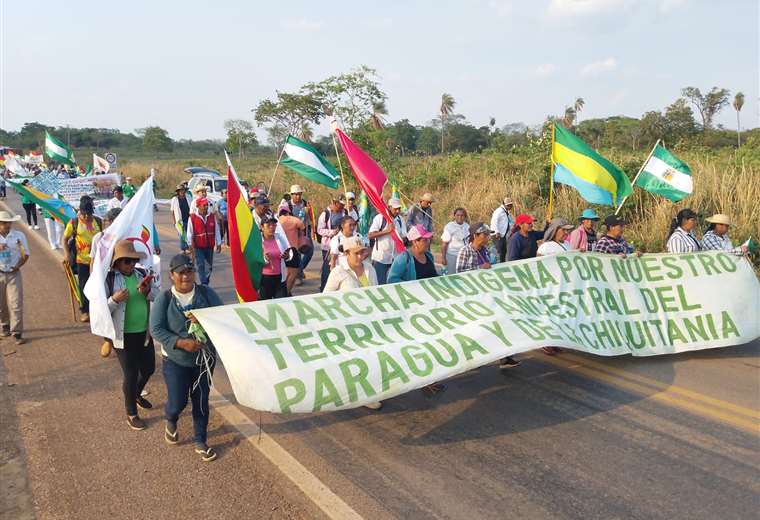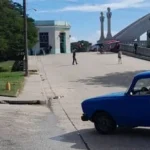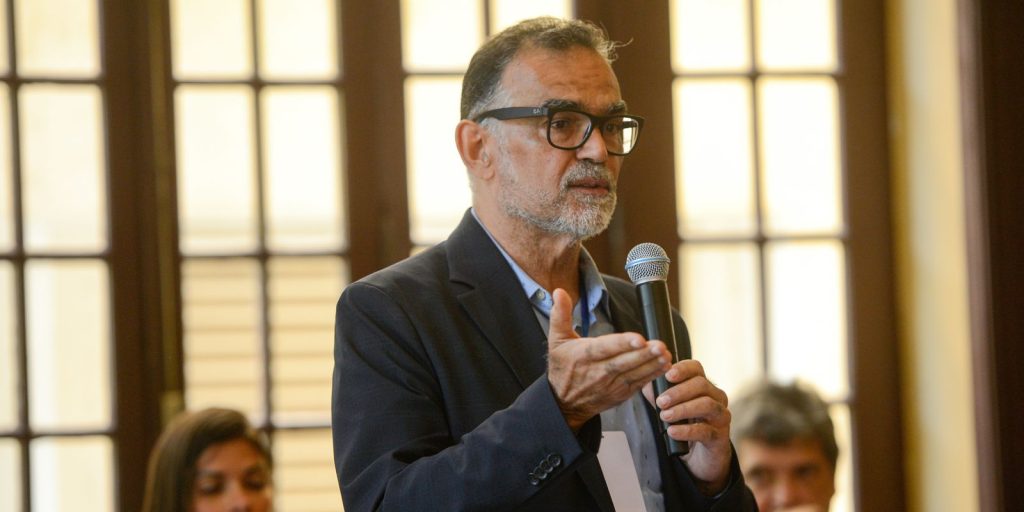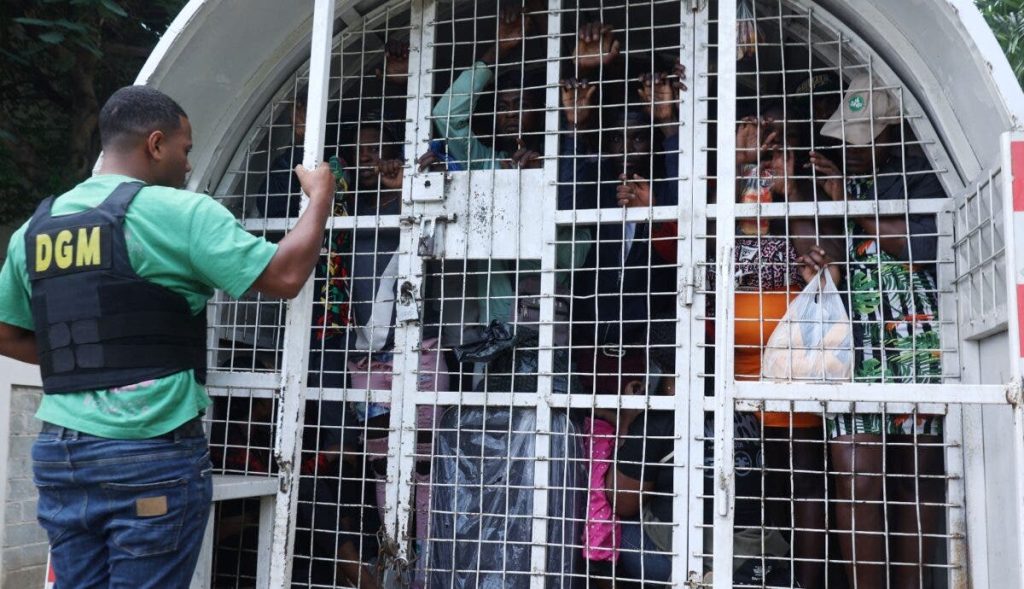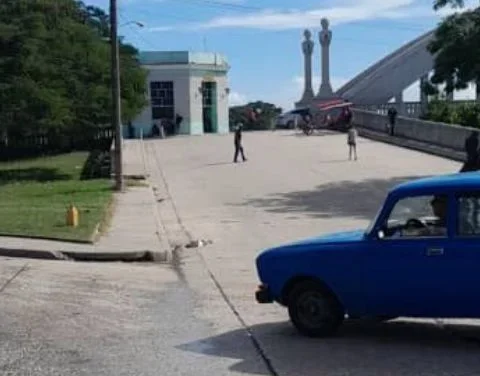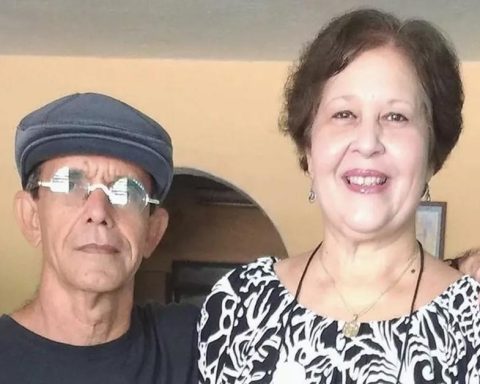October 25, 2024, 4:01 AM
October 25, 2024, 4:01 AM
The fight to defend their territory continues. After ten days of walking under the scorching sun and the smoke from the fires, the indigenous of Alto and Bajo Paraguá set up a vigil in the Plaza de San Ignacio de Velasco, demanding a solution to the enslavement of the lands they inhabit. Despite the blisters on the feet and the fatigue, the fighting spirit remains intact.
The marchers covered hundreds of kilometers on foot and this Wednesday they arrived at the Plaza de San Ignacio de Velasco, where they were received with applause by the Velasquina population, who provides them with the little they have to help them with food, although it is not enough because, as the march progressed, more communities joined until they reached hundreds of marchers.
Women with children in their arms, older adults and men left their homes, moved by a greater objective: to raise the voice in defense of the ‘big house’, the land that gives them life and sustenance.
The vigil installed in the square is a cry for help in the face of inaction against the invasion of their territories. They have left the tranquility of their homes to settle in tents and camping, in the midst of needs. So far no authority has contacted them to start a dialogue table, so they have decided to remain in place until they receive a response.
“We will remain vigil until they hear us. “We want our demands to be met and our rights to be respected,” says Sismar Ardaya, chief of the Tirarí community of District 8.
What drives them to leave their communities and go out? “The defense of the big house,” he responds immediately. “They are not respecting our territory and they are subjugating us right under our noses. Enough of this abuse! We want urgent action. We are not going to allow any more invasions of our territory,” he says.
He said that the mobilization arose spontaneously due to the abuse suffered by the community members of José de Campamento, who They were ambushed by invaders who settled in their territories and began to dismantle and set fire. “From there their indigenous people rose up to support them and then the other communities joined in because the oppressors act in the same way in different areas,” he says.
They were the ones who started the fires, he continues, and for that reason, Everything burned: the forest, the management plans and the crops.
He affirms that they have the same way of proceeding. They arrive, ginne with machinery, set up camps and continue ginning while they light fire to downed trees. At the same time, they intimidate the locals and cut off the I walk along the roads, knocking down trees.
Tired of the abuses, they demand the immediate eviction of these groups, before they form (peasant) communities or traffic with the land, because they do not make a sustainable management of the land, since they do not wait for rain to enable the land and plant, as indigenous communities do
Other demands
The indigenous march also demands more effective actions to quell the forest fires that besiege the different communities, in addition to reforestation and restoration plans for affected areas.
They also ask for immediate plans to alleviate the drought, protection and conservation of water resources in Upper and Lower Paraguá, and reconsider the indefinite environmental pause to prevent further burning.
